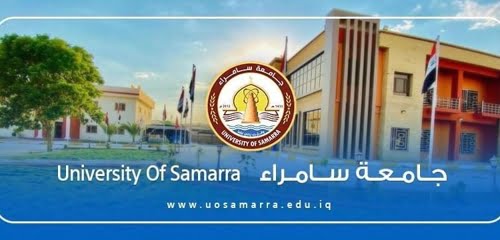The University of Samarra organizes a scientific symposium on global warming
In cooperation between the Department of Media and Public Relations and the Department of Missions and Cultural Relations, a scientific symposium was organized entitled “Global Warming and its Impact on the Environment” presented by Assistant Professor Dr. Rana Ibrahim, Director of the Scholarships Department, Ms. Sarwa Madin, Director of the Media Department, and Ms. Alaa Abdul Majeed, in the presence of the Vice President of the University for Scientific Affairs, Prof. Dr. Kamal Hussein Ahmed, Dean of the College of Education, Assistant Professor Dr. Ghassan Fares Attia, and many university professors, staff and students.
The symposium focused on global warming.
It has become one of the problems that accumulate on the planet to the extent that it threatens the safety of life on Earth. One of the reasons for this phenomenon is a rise in temperatures due to natural wonders, including volcanoes, fires, organic pollutants, and other industrial causes, including human activities, especially the burning of fossil fuels, oil, coal, and natural gas.
The cutting of trees, the green layer sinking on the Earth’s surface, and the expansion of urban sprawl to agricultural areas lead to an increase in toxic gases. The most dangerous is carbon dioxide and melting ice at the poles, leading to a rise in the seas and oceans and the globe sinking.
The symposium came out with several recommendations and solutions, including:
Increasing the percentage of vegetation cover by planting trees, reducing tree cutting, and destroying forests
Reducing factory gas emissions by placing them under control, placing purification machines on factory chimneys, and reducing the number of factories as much as possible.
Reducing the use of public transportation to reduce the emissions of transportation and transportation.
Establishing laws to reduce urban sprawl at the expense of agricultural areas.
Stop military industries and wars that generate vast amounts of gases and toxic elements.







